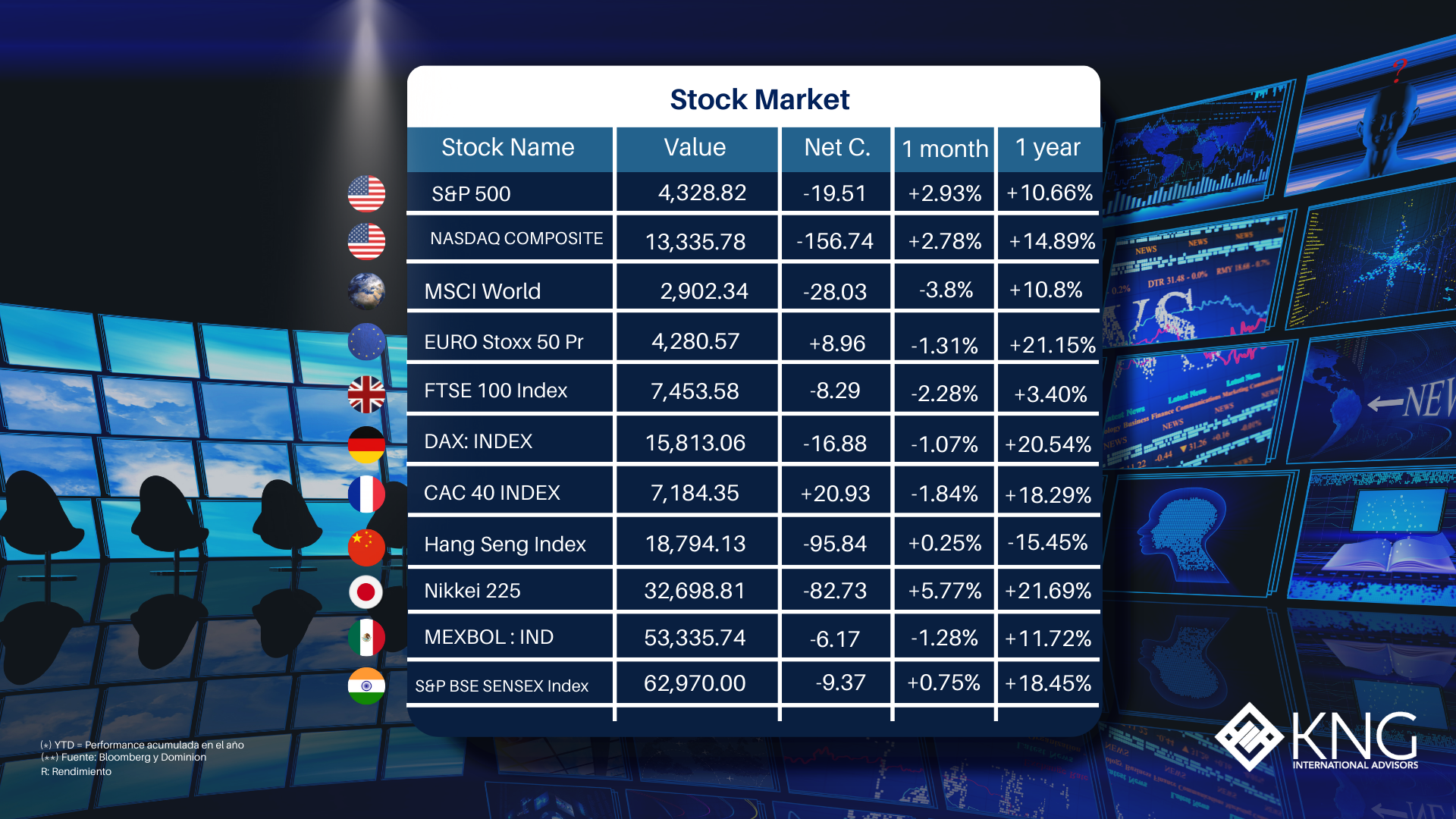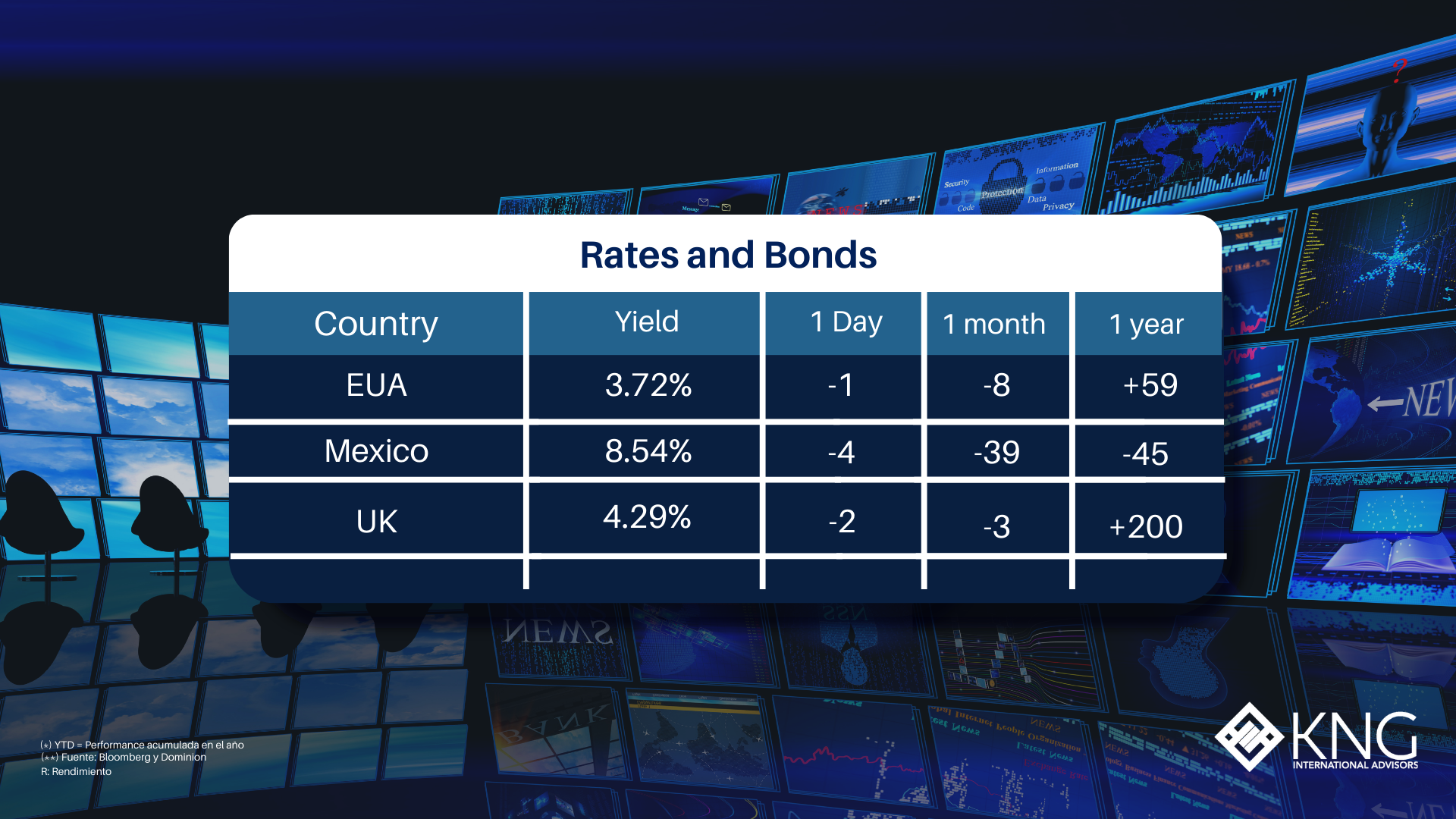Monday 1st of July 2023




It’s easy to forget, but less than 18 months ago Russia surprised the world with the full-scale invasion of a neighbouring, independent, democratic country. Ukraine then surprised the world by halting the Russian attack in its tracks and inflicting heavy losses on the invading forces.
Russia and Ukraine are both important exporters of major commodities and as a result of the conflict, the supply of these commodities was interrupted, resulting in major spikes in the prices of these goods.
When the supply of any good or service is disrupted, you would expect a spike in prices in the short-term. How long this rise in prices lasts depends on how critical the good or service is, in economics we call this the ‘price elasticity of demand’.
A good with a high price elasticity of demand likely is something that people can easily substitute, so if the price rises considerably, you will see switching out into other products and a major concurrent fall in demand. Imagine, for example, an event causes the global price of bananas to rise +300%. Assuming the price of other fruits remains unchanged, most consumers of fruit would likely stop buying bananas and simply buy something else, like apples or oranges. Bananas as a good have a high price elasticity of demand, in other words, if prices go up a lot, demand goes down a lot.
This process of demand collapsing in response to higher prices for a good with high price elasticities also works to bring prices down quickly. If demand for any good drops quickly, prices will fall as the market for that good will come back into equilibrium (where demand = supply) more quickly.
But not all goods have high price elasticities of demand, some have lower price elasticities. These are goods where it is not easy to substitute with another good, and where forgoing consumption all together is not easy. Forgoing the consumption of bananas is not that big a deal for most consumers, but what about forgoing electricity?
Many commodities used to produce electricity, like natural gas, coal, oil, these goods typically have lower price elasticities because in the short-term, you need to keep the lights on for a country like Germany, or the United States. If coal or gas prices spike +200% in the short-term, because of a major supply interruption like a war, then the buyers of those commodities must keep on buying, they cannot easily substitute. This further exacerbates the magnitude of the spike in prices, as demand does not decline as quickly, making the short-term supply interruption worse.
We saw exactly this scenario play out last year. The global supply of commodities was interrupted by the war in Ukraine, prices increased but demand remained relatively unchanged, exacerbating the spike in prices.
This was made worse by the fact that many commodity markets were tight after years of low investment. What does this mean? A tight market is one where there is little spare or idle capacity available to respond to changes in prices. A loose market would be one where a rise in prices would unlock a whole bunch of new supply quickly, helping to alleviate the rise in prices. A tight market is the opposite, it is one where there is little prospect of new supplies in the short-term coming online to respond to higher prices. Many commodity markets have seen much lower investment in new supply capacity over the past 5+ years, in some cases some of the lowest levels of relative investment for decades. The tightness of many commodity markets last year combined with a major supply interruption (a big war) was the biggest contributory factor to the rapid spikes up in prices of some commodities.
Markets, the financial media, and market participants have short memories. Very few are currently talking about the prospect of more surprise commodity price spikes. But if we look at the causes of last year’s price rises, they are all still very much in play.
The war in Ukraine is intensifying with little prospect of easing up any time soon. Russia is also increasingly being incentivised to try and destabilise other regions where it has a presence (Africa, the Middle East) to put pressure on the West. The risk of further surprise interruptions to commodity supplies remains very high currently.
Meanwhile investment in new production capacity for most major commodities remains relatively low by historical standards, we are not seeing a rush from miners or energy producers to open new supplies, capital discipline remains conservative.
It is always difficult to predict the exact cause of an unexpected interruption to the supplies of any commodity. But what we do know is that the ingredients for further price spikes are very much there. Investors should be braced for these and even consider being positioned to benefit from them if they come.
We would like to thank Dominion Capital Strategies for writing this content and sharing it with us.
Sources: Bloomberg, Yahoo Finance, Marketwatch, MSCI.
Copyright © 2023 Dominion Capital Strategies, All rights reserved.
Disclaimer: The views expressed in this article are those of the author at the date of publication and not necessarily those of Dominion Capital Strategies Limited or its related companies. The content of this article is not intended as investment advice and will not be updated after publication. Images, video, quotations from literature and any such material which may be subject to copyright is reproduced in whole or in part in this article on the basis of Fair use as applied to news reporting and journalistic comment on events.